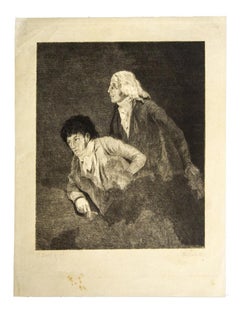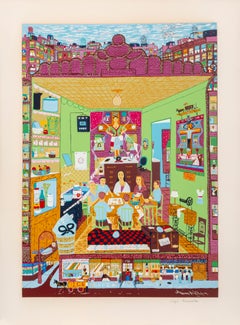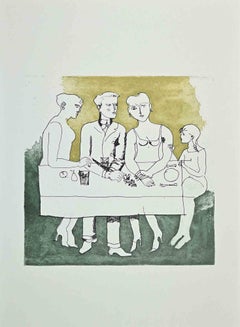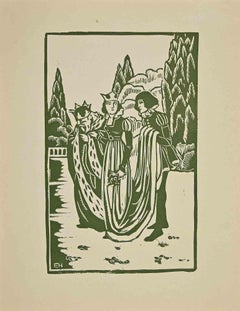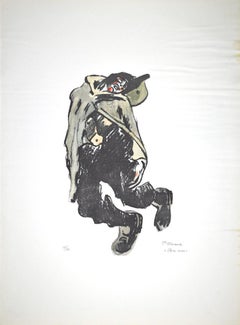Boy Figurative Prints
19th Century Modern Figurative Prints
Etching
1970s Folk Art Figurative Prints
Screen
2010s Other Art Style Figurative Prints
Paper, Etching
1970s Modern Figurative Prints
Paper, Offset
1920s Modern Figurative Prints
Woodcut
1950s Modern Figurative Prints
Lithograph
Early 20th Century Modern Figurative Prints
Etching
1970s Contemporary Figurative Prints
Paper, Offset
1920s Modern Figurative Prints
Lithograph
Late 19th Century Modern Figurative Prints
Etching
1950s Figurative Prints
Ink
19th Century Modern Figurative Prints
Lithograph
1980s Contemporary Landscape Prints
Lithograph
Mid-20th Century Modern Figurative Prints
Lithograph
1890s Figurative Prints
Magazine Paper
19th Century Modern Figurative Prints
Woodcut
1920s Modern Figurative Prints
Lithograph
1980s Surrealist Figurative Prints
Ink, Paper
1970s American Modern Figurative Prints
Lithograph
1870s Modern Figurative Prints
Lithograph
20th Century Contemporary Figurative Prints
Lithograph
1970s Modern Figurative Prints
Offset
1880s Modern Figurative Prints
Etching
1970s Contemporary Figurative Prints
Lithograph
1850s Modern Figurative Prints
Lithograph
1850s Modern Figurative Prints
Lithograph
1980s Contemporary Figurative Prints
Paper, Pastel, Pencil
1880s Modern Figurative Prints
Etching
1910s Futurist Figurative Prints
Drypoint, Etching
Mid-19th Century Figurative Prints
Etching, Watercolor
1850s Figurative Prints
Lithograph
Early 20th Century Symbolist Figurative Prints
Woodcut
1970s Modern Figurative Prints
Offset
20th Century Figurative Prints
Offset
Early 20th Century Symbolist Figurative Prints
Engraving
2010s Street Art Figurative Prints
Paper, Screen
2010s Pop Art Figurative Prints
Gold Leaf
Mid-20th Century Figurative Prints
Etching, Aquatint
Mid-19th Century Modern Figurative Prints
Lithograph
1970s Modern Figurative Prints
Lithograph
Early 20th Century Realist Nude Prints
Etching
1970s Contemporary Figurative Prints
Screen
20th Century Other Art Style Figurative Prints
Paper, Drypoint
1980s Figurative Prints
Paper, Cardboard
1990s Pop Art Prints and Multiples
Lithograph, Offset
2010s Street Art Figurative Prints
Screen
Early 2000s Pop Art Figurative Prints
Screen
21st Century and Contemporary Realist Figurative Prints
Aquatint, Archival Paper
2010s Contemporary Figurative Prints
Archival Paper, Color, Digital, Laser, Giclée, Pigment, Archival Pigment...
1970s Conceptual Portrait Prints
Mixed Media, Etching, Aquatint
1980s Contemporary Figurative Prints
Lithograph
1980s Figurative Prints
Screen
2010s Contemporary Portrait Prints
Screen
2010s Hard-Edge Figurative Prints
Archival Ink, Archival Paper
20th Century Figurative Prints
Screen
2010s Contemporary Figurative Prints
Acrylic, Canvas
Late 20th Century American Modern Figurative Prints
Lithograph
18th Century Figurative Prints
Engraving
2010s Pop Art Figurative Prints
Archival Ink, Archival Paper, Rag Paper, Archival Pigment
1980s Surrealist Figurative Prints
Screen
